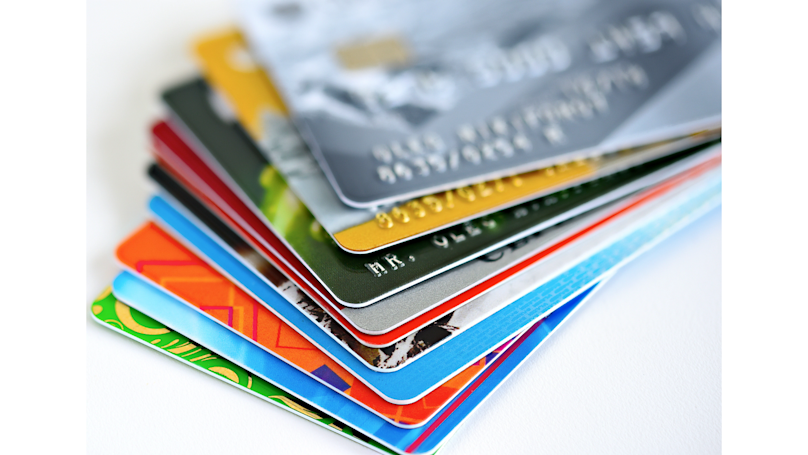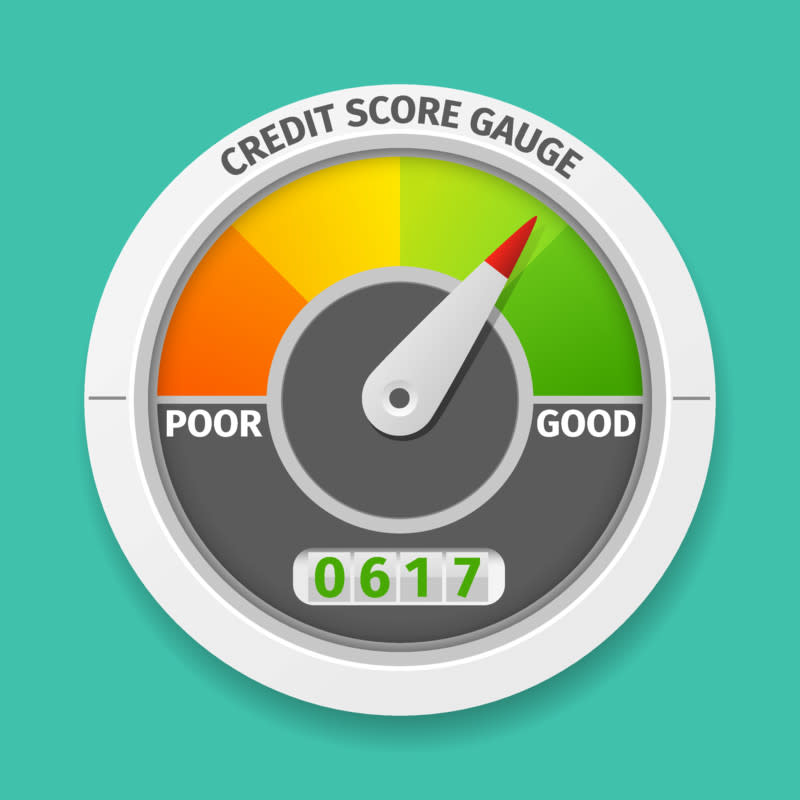
Guide | Home Buying

Find out how revolving and installment credit are different, what they can be used to buy and more with our helpful breakdown.
When talking about credit, there are two main types: revolving and installment credit. However, they influence your credit score and impact your purchasing power differently. So, what’s the difference? Check out this guide below to learn about what revolving and installment credit are, examples of each, when to use them and how they impact your credit score.
With revolving credit, think of a revolving door. You have a credit limit (an amount you’re allowed to borrow up to) that you can pay back and borrow from again. Revolving credit is flexible, as the amount you borrow could change month-to-month, depending on your needs and spending.
Examples of revolving credit include credit cards for general use or store specific, personal lines of credit and home equity lines of credit. Credit cards are an open line of credit, meaning you can borrow again and again, as long as you don’t close the account. A home equity line of credit is a type of revolving credit that has a time limit, usually giving you 10 years to use the amount before it’s closed. Both would require an application to the lender in order to receive the line of credit or loan, though loans tend to have more requirements before you can qualify for them.

Some people use credit cards for specific things like online purchases and travel as a more secure way to pay, or for emergencies like vehicle repairs or a vet bill. Others use them for more common items like a card specifically for buying gas or recurring payments like streaming subscriptions, and then there are also cards for department stores you frequent that offer you deals as a card holder. Different cards may offer reward programs that have you earn cashback or points toward gift cards when you use your credit card for certain categories of purchases, like restaurants or groceries.
You pay back the amount you borrow each month. There will be a minimum payment due, but you can pay off the balance each month to avoid being charged interest, especially as credit cards tend to have higher rates. Depending on your situation, you can use your credit card for various reasons, but it is not something typically used for large purchases like a home or a car.

Installment credit is more fixed. You borrow a specific amount up front and have a set monthly or biweekly payment, including interest, until you pay it off. Installment payments make it easier to plan for how much you’ll need to budget for each month. Interest rates tend to be lower than lines of credit, but depending on the loan, the interest rate can be unchanging or variable, fluctuating with time and trends.
Common examples of installment credit are typically mortgages, car, student or personal loans. These are for your big item buys. Once your loan application has been approved, you’ll make payments for the set term (time period) of the loan.

So, having both revolving and installment credit gives you a mix of credit, which counts for around 10% of your credit score. It shows lenders that you can manage different types of credit. But they also can impact your score separately in different ways. Revolving credit affects the credit utilization part of your score, which account for about 30% of your total. It considers how much of your available credit (your limit) you’ve used or the amount you’ve used.
Revolving credit is also included in payment history — the largest portion of your score at 35% — but installment credit can help build your credit score because you can make monthly or biweekly payments regularly, normally for a long-term period.
Is revolving and installment credit good or bad for your credit, especially if you want to build your credit score and history? The answer depends on how each person manages their credit. Here is a breakdown for both types:

How to Use Revolving Credit to Boost Your Credit Score
However, revolving credit could also hurt your credit if you don’t follow these best practices. Credit cards tend to have higher interest rates, so missing payments or paying only the minimum every month can increase the amount you owe quickly. Also, using too much of your credit limit can lower your score because you owe more. One way to help with this is to apply for a line of credit that doesn’t have a limit higher than you would need. Lower-limit cards are helpful for when you are just starting to build or rebuild your credit because it can help with overspending.
Another way revolving credit could negatively impact your score and history is if you open or close too many accounts. An example would be applying for several department store cards around the same time; doing so will cause your score to take a hit.

How to Use Installment Credit to Boost Your Credit Score
Just like with revolving credit, installment credit can help or hurt your credit depending on your repayment and spending habits. Payment history is such a big part of individual credit scores, so having late or missed payments will lower your score. You also should be wary of taking out too many loans. You want to keep your debt-to-income ratio low. This is your monthly debt payments divided by your gross monthly income and is used to help measure your ability to repay a loan. So, you don’t want to exceed what you are able to pay back with your current income. A higher debt-to-income ratio could make it harder to get a loan in the future and cause financial stress.
Now that you understand both types of credit better and how they can affect you financially, find out how to make your credit work for you with these tips that the CFPB shares. From reporting errors on your credit report to asking yourself questions on if credit is the right way to pay, the steps can help you navigate a range of credit situations.

Guide | Home Buying

Article | Home Buying

Article | Budgeting
Stay in the Know
By subscribing, I agree that Vanderbilt Mortgage may contact me by telephone, provide me with marketing communications about Vanderbilt Mortgage products and services, and share my contact information as described in our website terms.